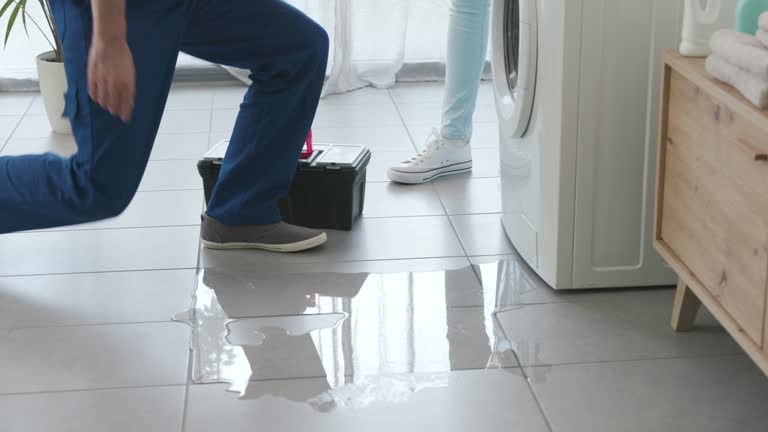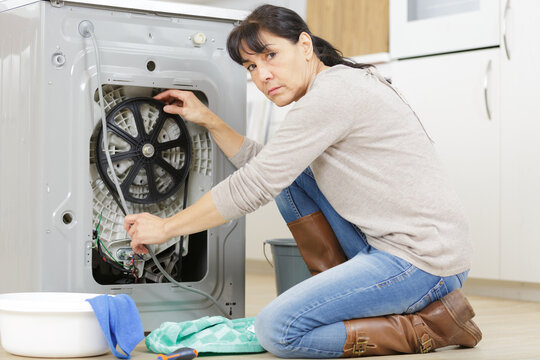We have unearthed this great article involving My Washing Machine Flooded the House below on the web and accepted it made good sense to share it with you here.

Just how you hand those priceless mins after your cleaning equipment leaks as well as floods can affect exactly how fast your home gets recovered. Understanding what you must do and who to call can save you from substantial damage. It will certainly also help aid you in filing for homeowners insurance policy coverage. Take a look at these leading pointers below:.
Cleaning Maker Overflows And Also Floodings.
- 1. Switch off the power at the breaker (to all influenced areas of your home).
- 2. Unplug the washing machine.
- 3. Switch off the water supply to the washer.
- 4. Do not make use of the washing device until gotten rid of by an electrician or licensed service technician.
Switch off the Power.
Turn of the circuit breaker where the cleaning equipment is. It is important to make sure the washing machine is off. Water is a conductor, and also doing this step assures no one suffers from electrocution. Besides, you must not use your washing machine up until a specialist repairman has actually evaluated it.
Switch Off Water.
You need to turn off the water system of the machine. Whether it overruns for unknown factors, breaks down in the reduced pipes, or tears the major hose pipe, you will certainly be handling significant amounts of water. If the neighborhood supply line to the washer doesn't close it off, you must turn off the primary water shutoff outside your home.
Call the Pros.
If you presume the problem is with your water line, you need to call a certified plumber. However, if you are uncertain, call a washing machine repairman for a quick analysis. This person can inform you best what the problem is. Maybe a trouble with the machine itself or the pipes connecting to the device.
File the Damages.
Prior to tidying up this emergency flooding situation, you must document everything. Bear in mind, images, and videos. It would certainly be best if you had every one of this as evidence to support your insurance coverage claims. Then you can call your house owner's insurance policy service provider to inspect what various other needs they require to refine your request.
Get the Standing Water.
As you wait on the plumber or repair service specialist to find, you have to handle the flood. If your washer remains in the cellar with extensive flooding, you need a submersible pump to take out the water. You can rent or borrow this. Nevertheless, if it takes place in the middle of the evening, the old pail method will also work. Use several pails to by hand dump out the water. It would be best if you did this right now, as the longer the water stays, the extra considerable the damages.
Dry the Location as High As Feasible.
After securing the standing water, obtain sponges or old towels to suck out as much water from the floor or carpet. Maintain the home windows available to circulate the air. You might additionally utilize electrical fans to speed up the drying out process. Bear in mind, water will create mildew and mold and mildew growth which is unsafe to your health and wellness. If you feel that the situation is too much to take care of, you can additionally look for water removal services from a remediation company. Your insurance policy case might likewise help pay for this solution, so simply ask.
Keep in mind, a broken washing machine with dripping pipes will cause devastating damage as a result of the enormous amounts of water it can unload. Thus, it would certainly assist to have your device and water lines evaluated every year. You can seek help from a reliable plumber to change your supply line hose pipes. Doing inspections protects against difficult malfunctions as well as pricey failures.
Washing Machine Drain Issues And How To Handle Them
Few household problems can compare to an overflowing washing machine. Chances are, you use your machine daily, if not more. Once it overflows, you ll be stuck without an in-house washing machine and with gallons of water spilling into your home, causing significant damage and, often, costly repairs.
The solution: get ahead of overflowing washing machines with scheduled maintenance and annual check-ins and if your machine does begin to overflow, act fast. This simple approach can help you curb issues and curb costly damage down the road.
Why Does a Washing Machine Overflow?
Washing machines overflow for a variety of reasons the leading culprit, though, is a clog in the drain pipe. Lint and other debris come off of clothing during the wash cycle and are drained from the unit alongside the dirty water, potentially leading to clogs that can wreak havoc on your drain pipe. Old or damaged pipes, a kink in the discharge hose, a blockage in the main sewer line and wrong-sized pipes are other common problems.
How do I Stop an Overflowing Washing Machine?
If the machine starts overflowing, turn it off immediately to stop the water flowing. Next, clean any water that s overflowed to minimize damage a dehumidifier or fan are also helpful for drying moisture from the spill. While you may need to call a plumber for assistance, it s important to check and confirm the drain pipe and discharge hose are still connected. If they are, then you know a clog may be present.
How to Prevent a Washing Machine Overflow
- Use a garment or lint bag to reduce the risk of clogs
- Inspect and clean your machine s lint trip or filter monthly, if one is present
- Ensure that there is at last 1/2 of space between the drain pipe and discharge hose for ventilation
- Confirm the discharge hose is correctly attached to the drain pipe. Keep in mind, basic vibration can loosen the connection.
https://choateshvac.com/overflowing-washing-machine-drain-fix/

I'm certainly very involved in My Washing Machine Flooded the House and I am praying you enjoyed reading our blog posting. Sharing is caring. Helping people is fun. Thanks a lot for your time. Visit again soon.
Book A Free Estimate
Comments on “What You Should Perform In Case The Washing Machine Results In Sudden Overflow”